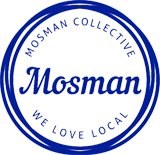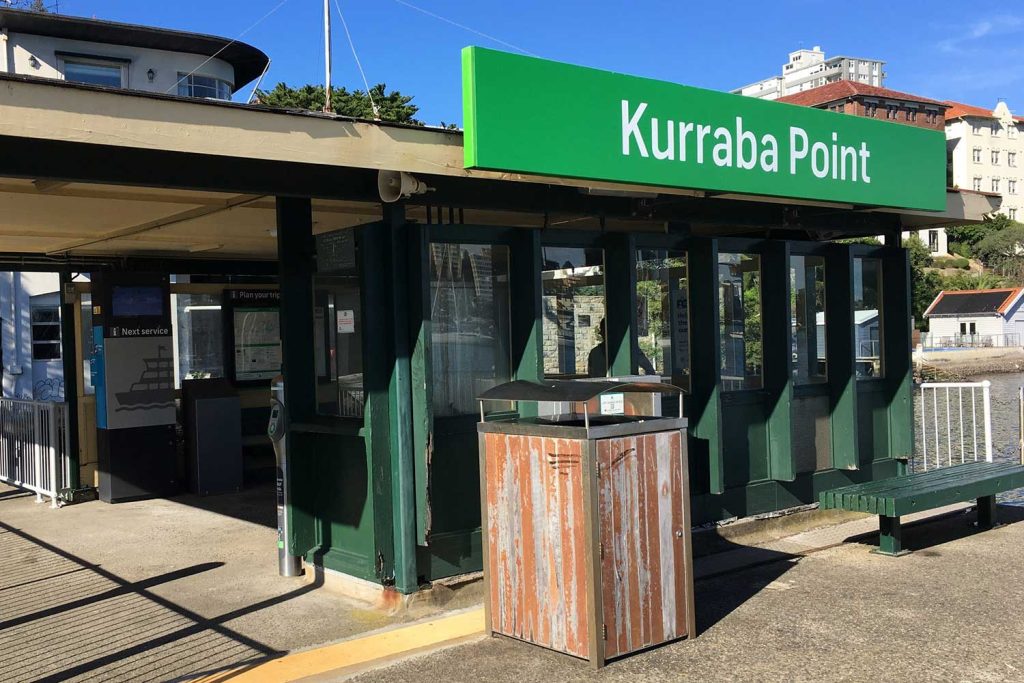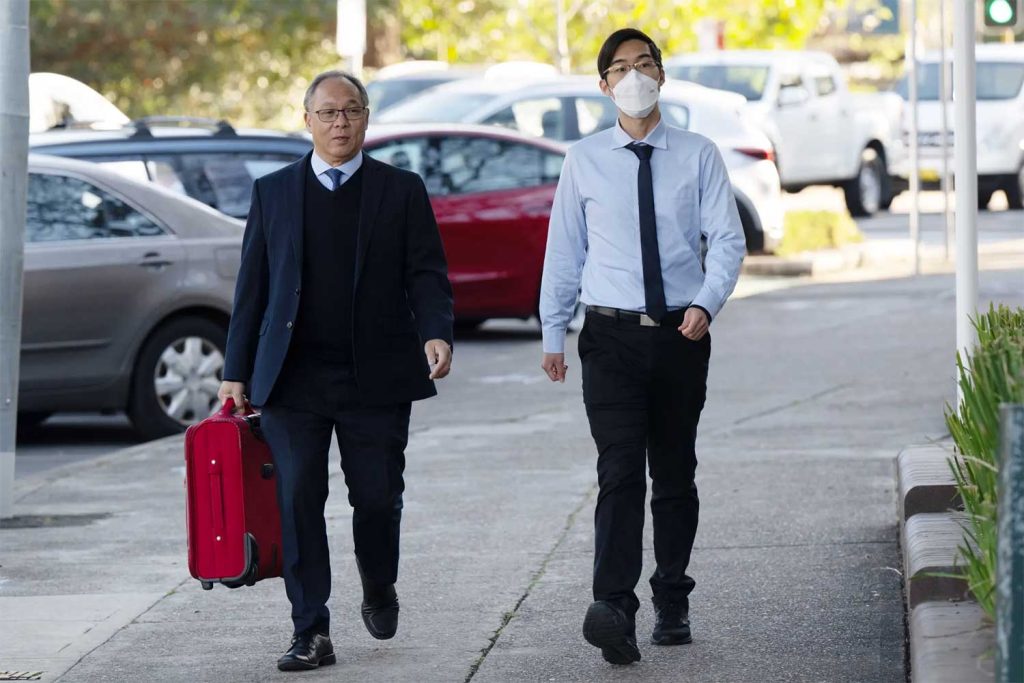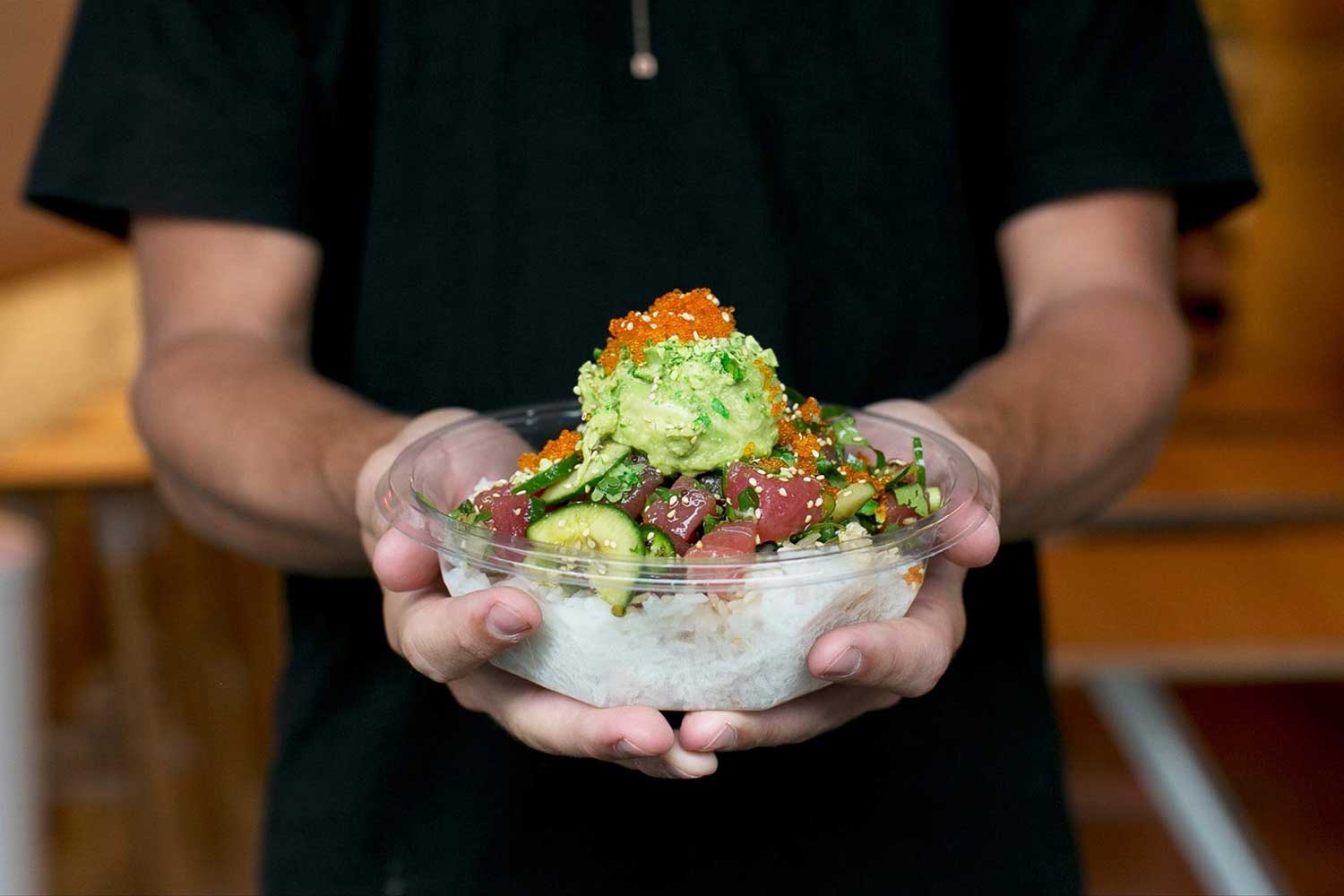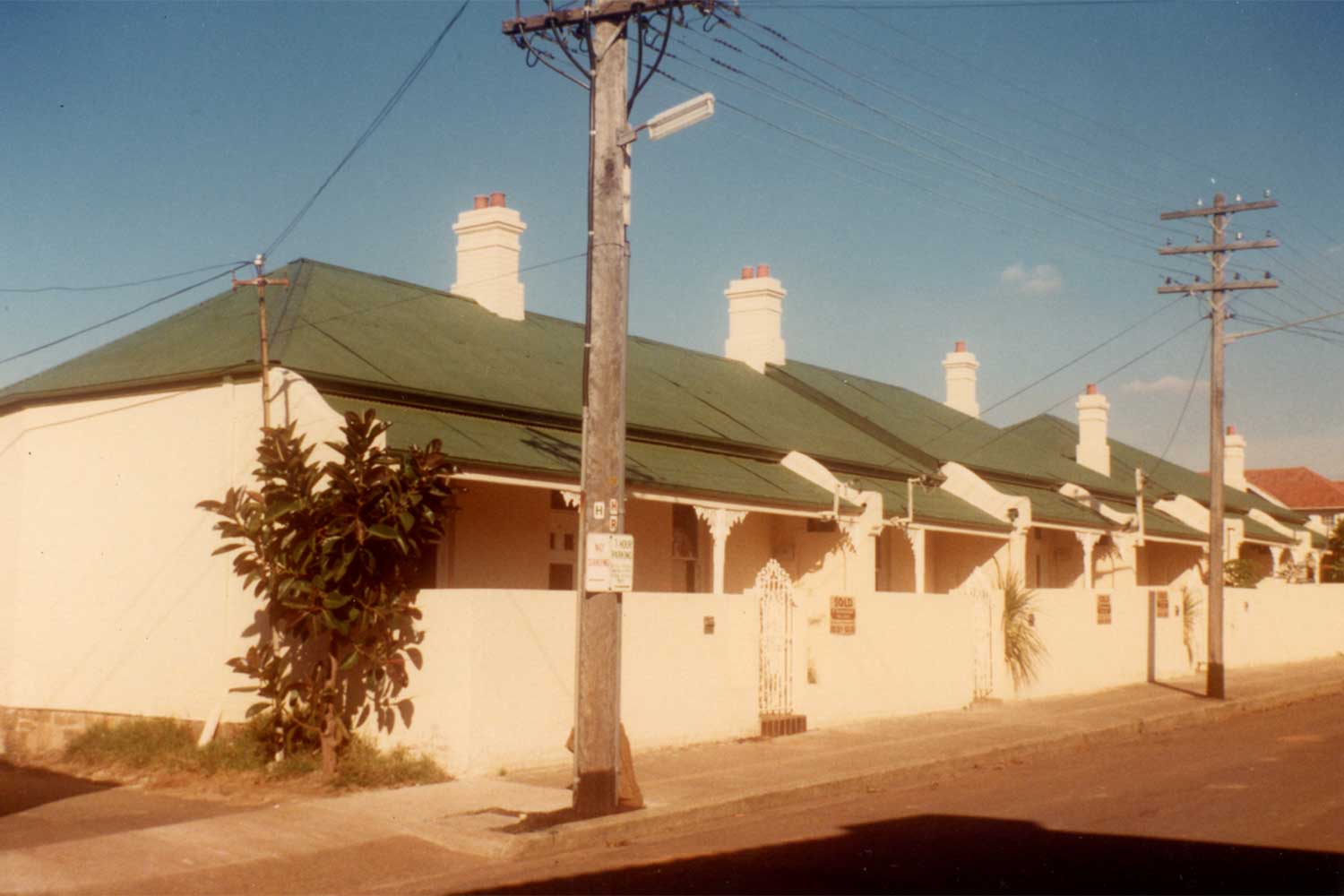Hundreds of baby seahorses released into Chowder Bay and this is the cutest thing you’ll see all week!
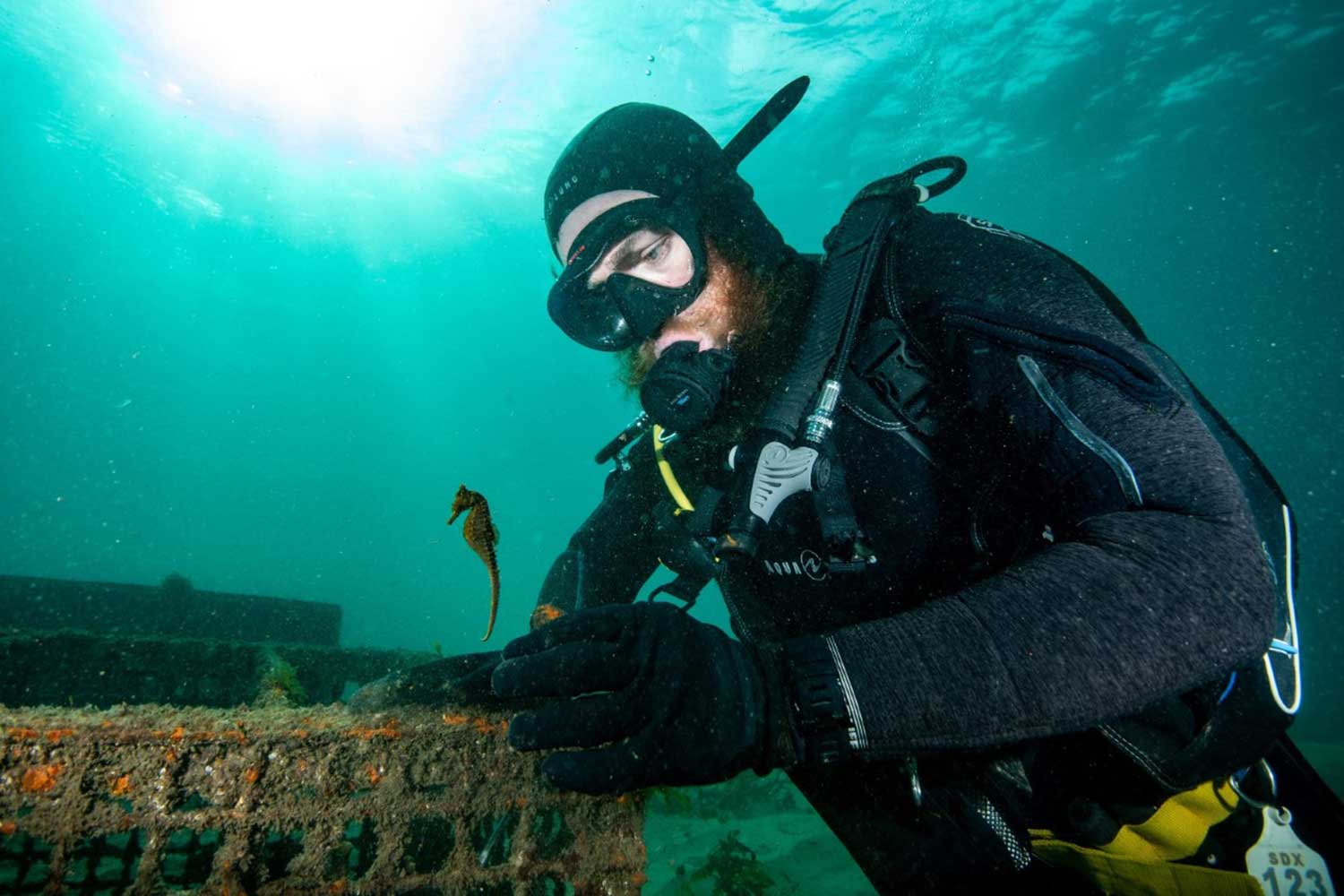
About 380 seahorses were released into the wild at Chowder Bay this week. Image: Tom Burd.
By ANNA USHER
Marine scientists have successfully completed the world’s biggest release of seahorses into Chowder Bay, as part of a program to boost the population of the endangered species.
About 380 seahorses bred in captivity by the Sydney Institute of Marine Science (SIMS) were released into the waters off Clifton Gardens on Tuesday afternoon.
In January, the Sydney Seahorse Project collected three male seahorses, which then birthed seahorse fry in Mosman’s SIMS aquarium facility.
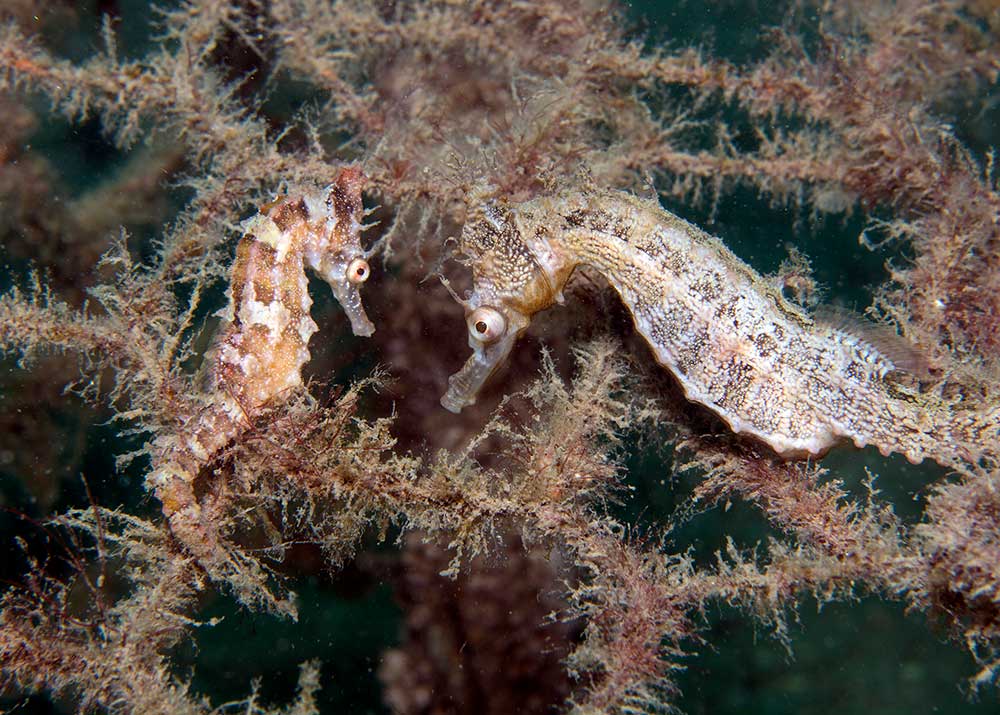
The release was the biggest undertaken in the world and it is hoped to save Sydney seahorses from extinction.
Scientist Mitch Brennan has spent the past five months helping rear the babies and told reporters it was “exciting” to finally release them into the wild.
The fish were placed into the Seahorse Hotel near the Clifton Gardens jetty, where it is hoped they will survive – and thrive.
“Hopefully, we’ll see population recovery so it’s no longer an endangered species,” NSW Fisheries scientist David Harasti, who provided guidance to the project, said.
“This is the biggest release of seahorses ever undertaken in the world, and it’s of the endangered White’s seahorse.”

Called “Whites Seahorses” the species is native to Sydney Harbour and Port Stephens.
It’s the fifth release of White’s seahorses into Sydney and Port Stephens.
“We have high expectations that we’ll see the animals thrive over the next 12 months,” Mr Fenton said.
The species is mainly found in Sydney Harbour the New South Wales Mid North Coast, SIMS General Manager Brett Fenton said.
WATCH: The world’s biggest release of baby Seahorses in Chowder Bay!
He said the White’s seahorse had an average survival rate of 1 per cent, but they managed to achieve 90 per cent by setting the temperature above 23 degrees and feeding them brine shrimp.
“In the aquarium, we can control environment, there’s no predators there … we’re able to raise them at quite optimal temperatures,” Mr Fenton said.
Get The Latest News!
Don’t miss our top stories delivered FREE each Friday.
“But you know, the longer you keep them in there as well, the more things can go wrong. It’s just getting that balance right, which I think the team has done a remarkable job on.”
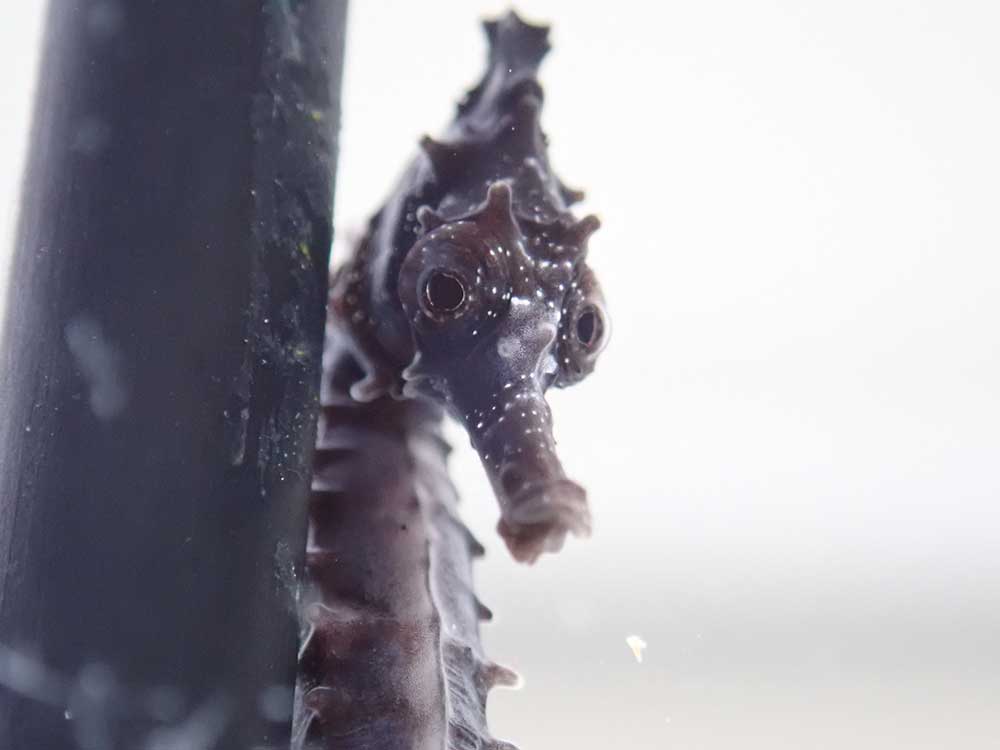
The White’s seahorse was listed as endangered in 2020.
Mr Fenton said the next step was to track the survival of the seahorses.
“Each seahorse will be tagged using a visual implant elastomer tag, enabling researchers to monitor their survival, growth and reproductive success in the wild,” he said.
“Local SCUBA divers are also encouraged to participate as part of a citizen-science project.
“Photographs of seahorses in Chowder Bay should be submitted to the Sydney Seahorse Project on iNaturalist.
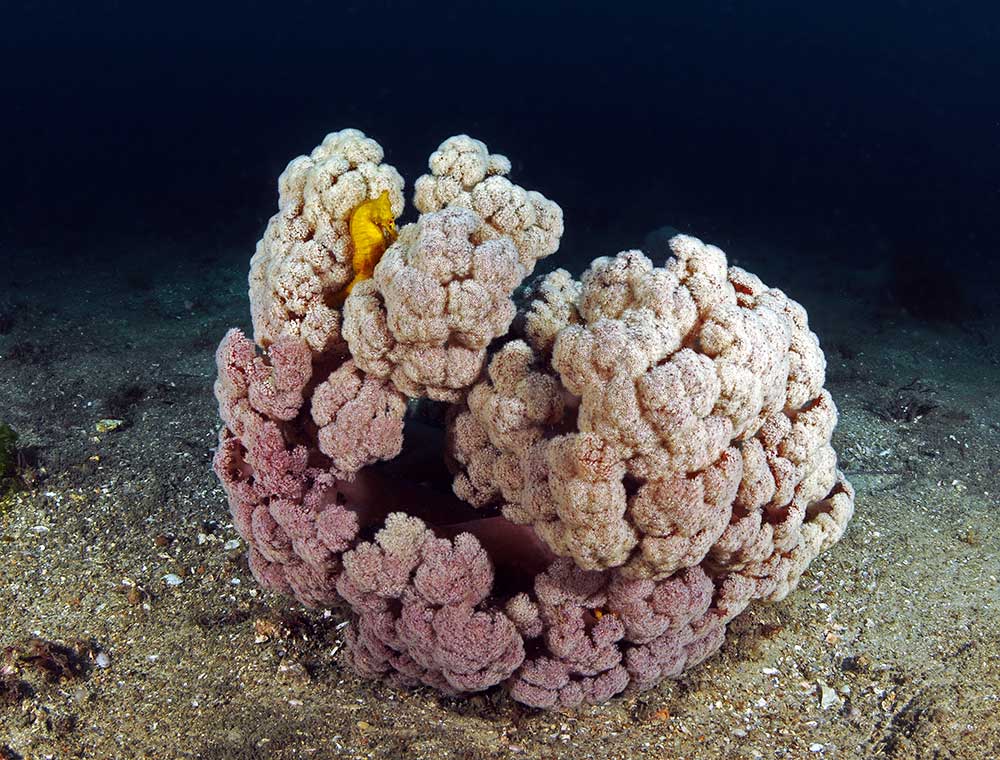
Local scuba divers are encouraged to visit the Seahorse Hotel and send images to iNaturalist. Photo: David Harasti.
The marine research institute is also involved in replanting habitats in the harbour, including seagrass and fish pods, to help replenish seahorse habitats.
There are plans for future releases to further boost the population.
Fast Facts:
- The White’s seahorse was listed as endangered in 2020
- Habitat destruction and repeat rain events have contributed to the species demise in Sydney Harbour and Port Stephens
- Marine scientists are hoping to do another release in 2024.
GOT A NEWS TIP? GET IN TOUCH!
Email: [email protected]
Get The Latest News!
Don’t miss our top stories delivered FREE each Friday.
